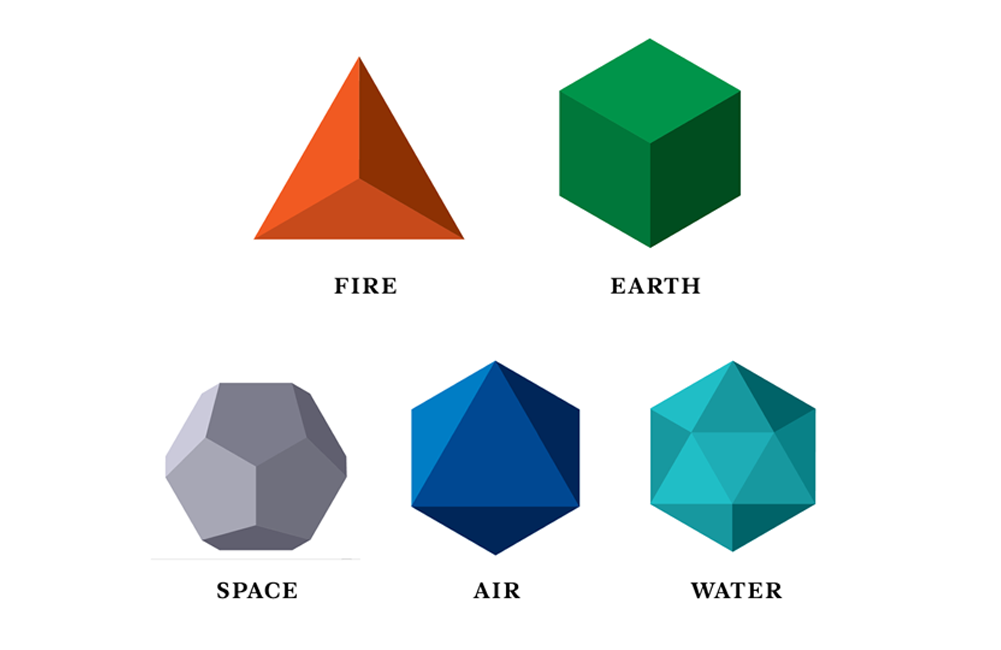
Ayurveda helps maintain the health of a person who is already healthy and to heal the diseases of the sick. The Vedas teach that all matter including Man is composed of The Five elements, namely:
Agni (Fire): The characteristic attribute of this element is transformation. Its sensory organ being eyes and is responsible for digestion, transformation of thoughts. Agni is present in the human body in the form of body temperature and the jatharagni (digestive fire). This element cannot be touched but can only be heard, felt and seen.
Jal(Water): Jal or water is fluid in nature and is substance without stability. This element is odorless which can only be heard, felt, seen and tasted. In the human body, water is present in the form of blood and other liquids.
Vayu(Air): This element is the gaseous state of matter which keeps the body mobile. Vayu is formless and can only be felt and heard. The Element is by nature, light, dry, mobile, cold. The sensory organ related to this element is skin and the sensory facility being touch. The Air element’s presence in the body is in the oxygen breathed in and the carbon dioxide breathed out.
Bhoomi(Earth): Perceived in the Panchendriya (five sensory organs) namely Chakshu(eyes), Karna (ears), Nashika(nostrils), Jihavya(tongue), Twak(skin). The element is the solid state of matter which is stable, fixed, rigid and its presence in the physical human body is felt in the muscles and the bones.
Aakash: Aakash or ether often brings to mind the vastness and openness. This element possesses the qualities that are clear, light, subtle as well as, it is immeasurable. The element, Ether is associated with various actions such as expansion or vibration,non-resistance, etc. The Sensory organ connected with ether is the ear as a result of its hollowness and because they transmit sound-waves.
The combo of the five elements make up the doshas or energies in the body. Stay tuned for our next blog on the Doshas that make your unique body constitution (Prakriti). In the meantime, you might want to check out some Ayurvedic medicines such as: https://www.butterflyayurveda.com/category/62167/ayurvedic-medicines/

Comments (0)
Back to News